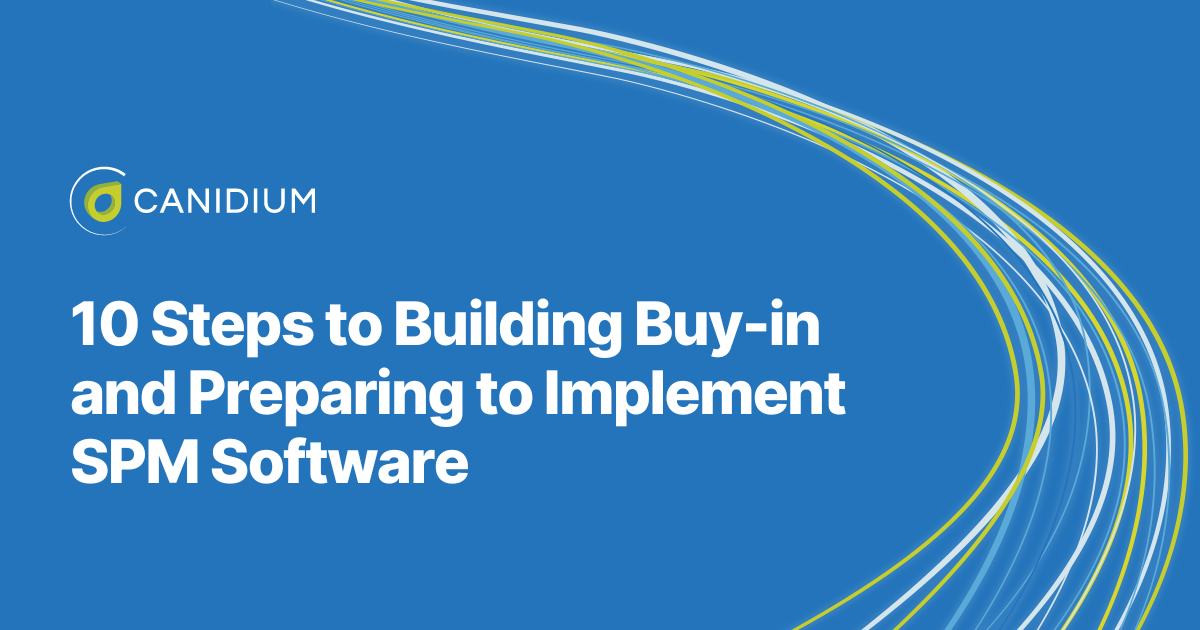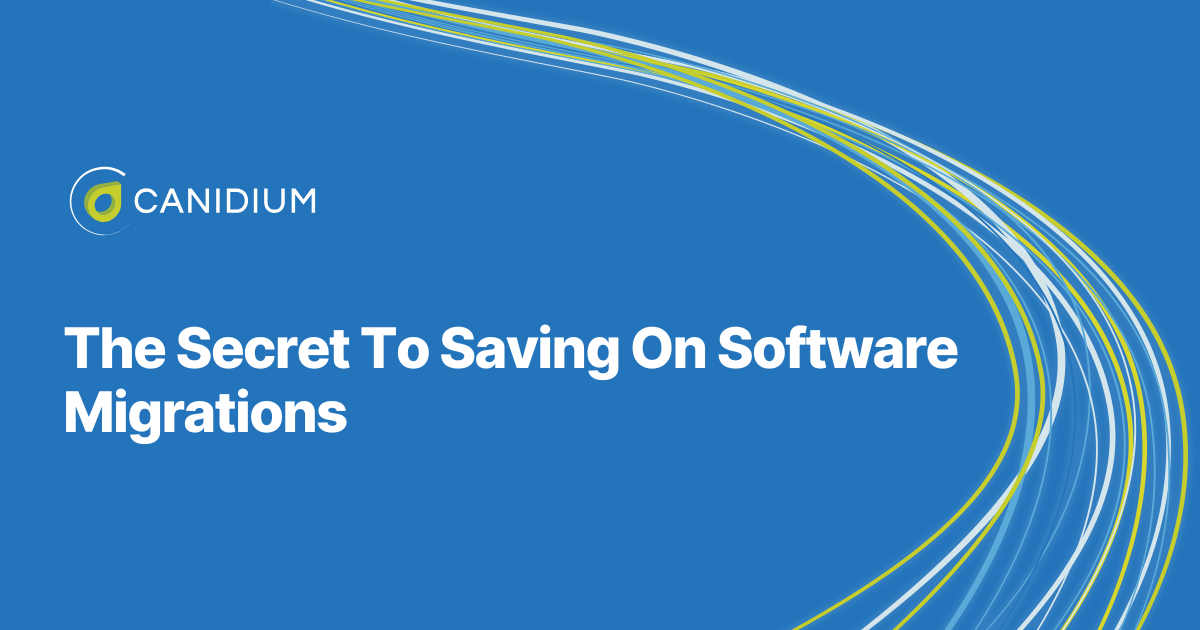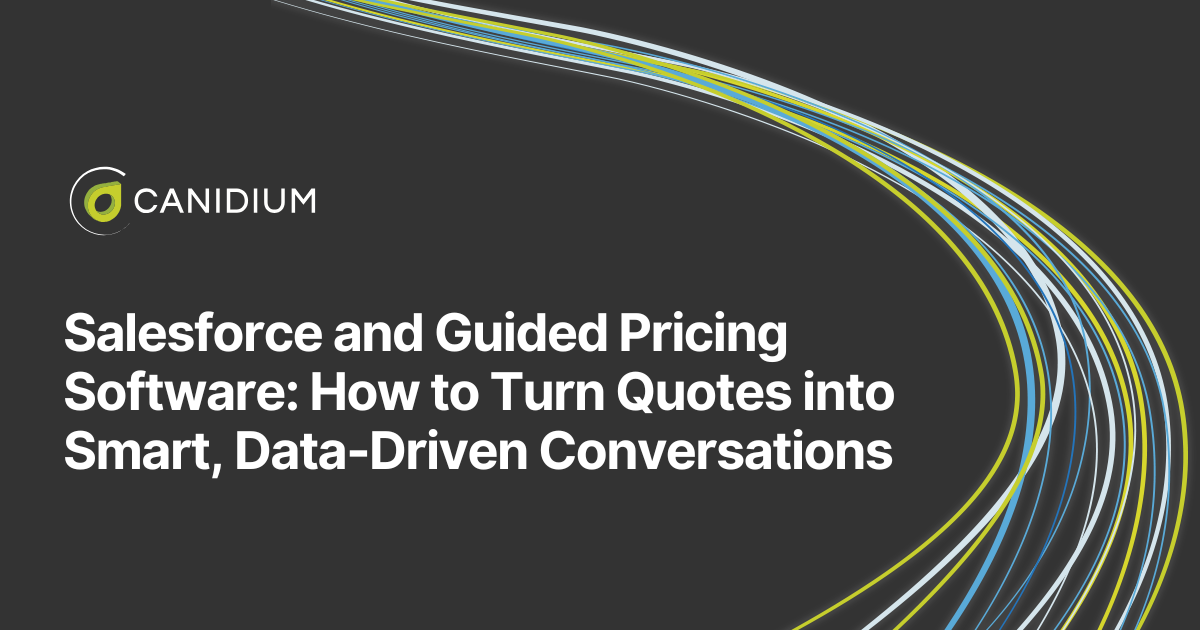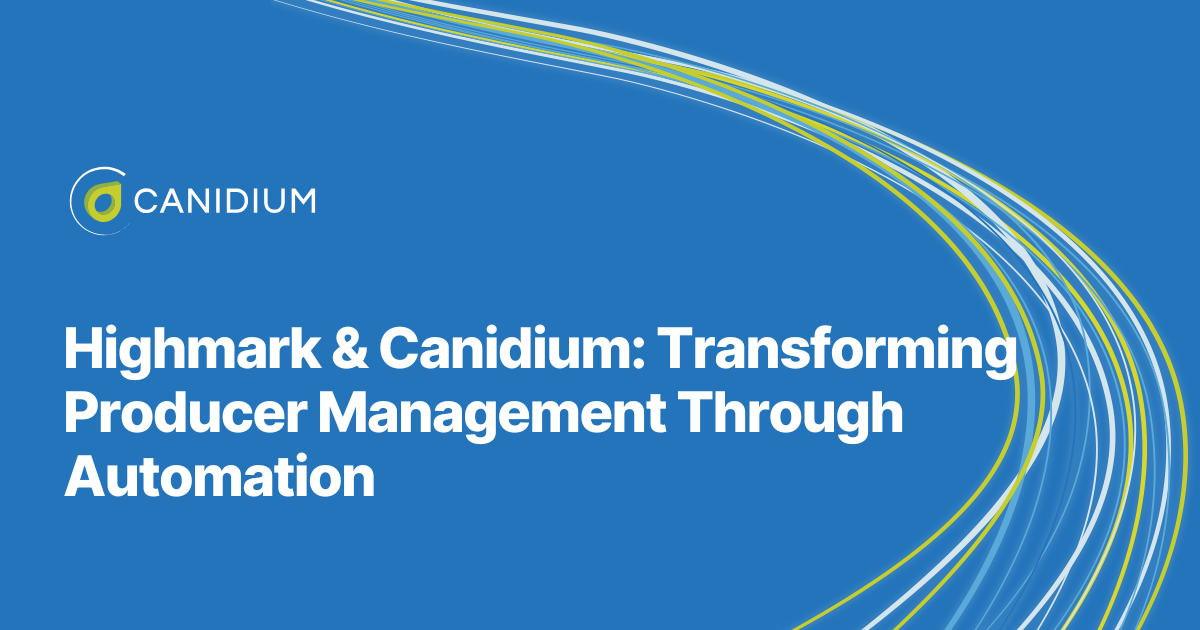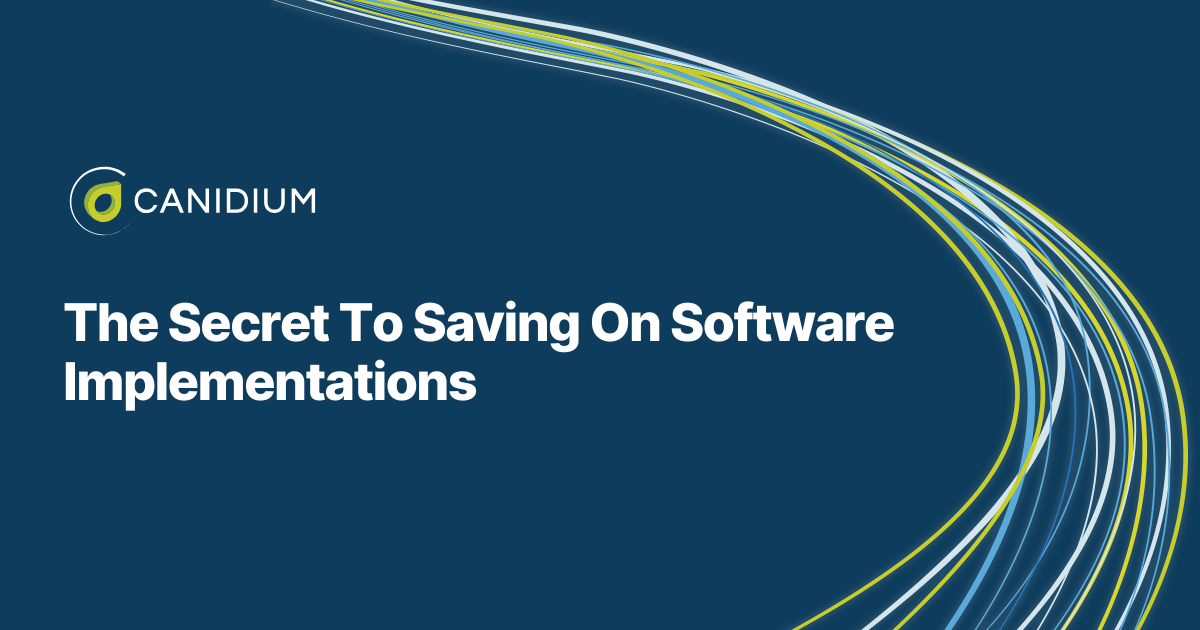You may have concluded that your sales organization desperately needs Sales Performance Management software. Maybe you're still using a spreadsheet, or maybe the solution you have in place is creating unnecessary work.
However, there is a difference between knowing your job should be easier and quantifying the need and potential benefit of SPM software. So, how do you quantify the need, build buy-in, and implement the software?
Canidium has a 360 view on this issue. Not only are we experts on software implementation, but we also undergo software and process changes internally as a company. We have taken this in-depth knowledge and created:
- An overview of the steps of the process from start to finish
- A comprehensive step-by-step guide outlining the process from start to finish
Software Implementation: A to Z
Implementing sales performance management software in an organization requires careful planning and effective communication to ensure buy-in from stakeholders. Here are the steps to building buy-in, planning, and implementing sales performance management software:
- Identify the need: Determine why your organization needs sales performance management software. Assess the current sales processes and identify pain points or areas for improvement. Clearly articulate the benefits of implementing the software to gain support from key stakeholders.
- Build a business case: Develop a comprehensive business case that outlines the objectives, benefits, and expected return on investment (ROI) of implementing the software. Highlight its impact on sales productivity, revenue growth, and overall performance. Use relevant data and examples to make a compelling case.
- Identify key stakeholders: Identify the stakeholders who will be impacted by the implementation of the software. This may include sales leaders, managers, representatives, IT staff, finance team, and other relevant departments. Understand their needs, concerns, and priorities to tailor your communication and engagement strategies.
- Communicate the vision: Clearly communicate the vision and goals of implementing sales performance management software to all stakeholders. Explain how it aligns with the organization's strategic objectives and how it will benefit each stakeholder group. Address any potential concerns or resistance upfront and emphasize the advantages and positive outcomes.
- Involve stakeholders in the planning process: Involve key stakeholders in the planning process to ensure their perspectives are considered. Engage sales leaders, managers, and representatives to gather their input on system requirements, functionalities, and integration with existing processes. Collaborative planning will help build ownership and buy-in.
- Conduct a thorough needs analysis: Conduct a detailed needs analysis to determine the specific requirements for the sales performance management software. Identify the key features and functionalities needed, such as goal setting, performance tracking, incentive management, coaching tools, and reporting capabilities. Consider scalability, user-friendliness, integration with existing systems, and customization options.
- Research and select the right software: Research different market sales performance management software options. Evaluate their features, functionality, reputation, vendor support, and pricing. Consider seeking input from IT and other relevant departments to assess compatibility with existing systems. Select a software solution that best fits your organization's needs and budget.
- Develop an implementation plan: Create a detailed plan outlining the specific steps, timelines, and responsible parties involved in deploying the software. Consider data migration, user training, system configuration, and testing. Clearly define roles and responsibilities to ensure a smooth implementation process.
- Train users: Provide comprehensive training to all users using the sales performance management software. Conduct training sessions, workshops, or webinars to familiarize them with the system's features, navigation, and best practices. Offer ongoing support and resources to address any questions or challenges during training.
- Monitor and evaluate: Continuously monitor and evaluate the effectiveness of the sales performance management software after implementation. Collect user feedback, track key performance indicators (KPIs), and measure the impact on sales productivity and performance. Make necessary adjustments or enhancements to optimize the software's usage and outcomes.
Need an in-depth guide on the entire process?
Remember: successful implementation requires ongoing communication, engagement, and support. Regularly communicate the benefits and successes achieved through the software to reinforce buy-in and encourage adoption across the organization.
To get your free in-depth guide, fill out the form below.


